
Micro hydro solutions harness the power of water velocity rather than water head, which is a significant shift from traditional hydroelectric systems. This technology is particularly suitable for a range of waterways, including those where conventional hydro solutions may not be viable. The micro hydro kinetics technology is designed to be modular and scalable, with units that can deliver up to 40 kW of power. These systems are a water-to-wire solution, meaning they encompass all necessary components from the turbine to the electrical output.
The design of these systems integrates proprietary turbine and drivetrain designs with standard components to create a self-contained module. This module can include single or twin turbines, generators, and an electrical cabinet, all assembled within a self-stabilized concrete structure that does not require civil works. The power output is typically 480 V, 3-phase AC, suitable for 50 Hz & 60 Hz grids. The efficiency of these systems has been validated both in laboratory settings and in real-world applications, with performance depending on water velocity, which should exceed 1 m/s.
The scalability of micro hydro solutions is one of their key advantages. By outfitting an existing canal with multiple 5 to 15 kW modules, the technology can be tailored to meet the specific needs of a site. Furthermore, these turbines can be installed on existing water infrastructures without the need for land modification, ensuring a minimal environmental footprint. The predictable and controllable nature of hydrokinetic power, with a high availability rate, makes it a reliable source of renewable energy, operating continuously to provide a sustainable energy solution.

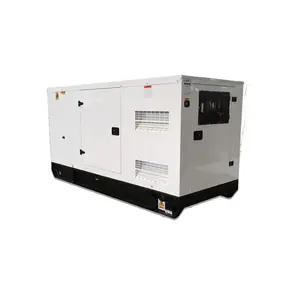





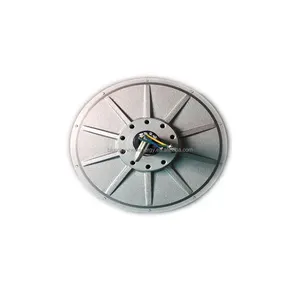
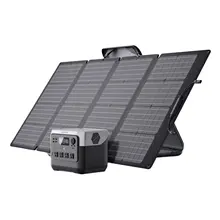






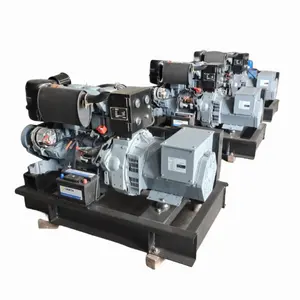

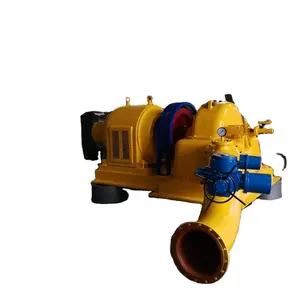
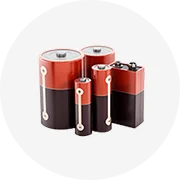
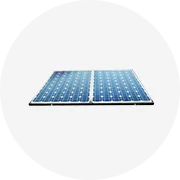
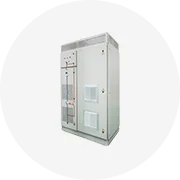
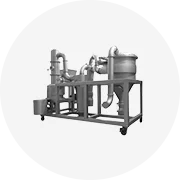
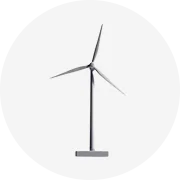
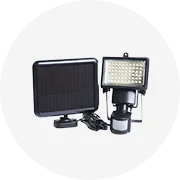
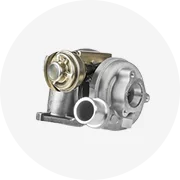
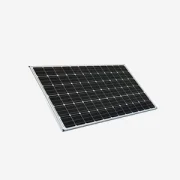











 浙公网安备 33010002000092号
浙公网安备 33010002000092号 浙B2-20120091-4
浙B2-20120091-4